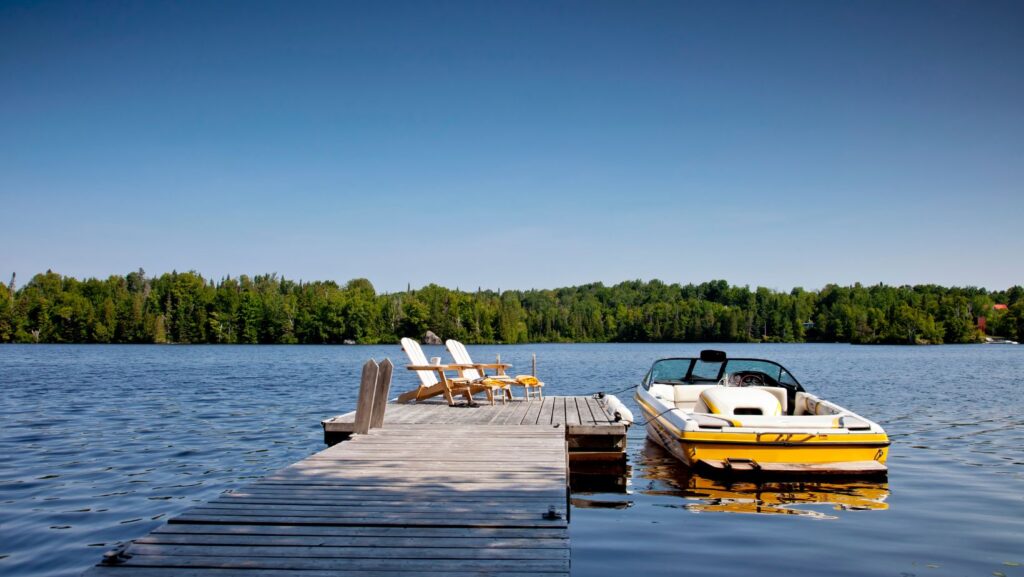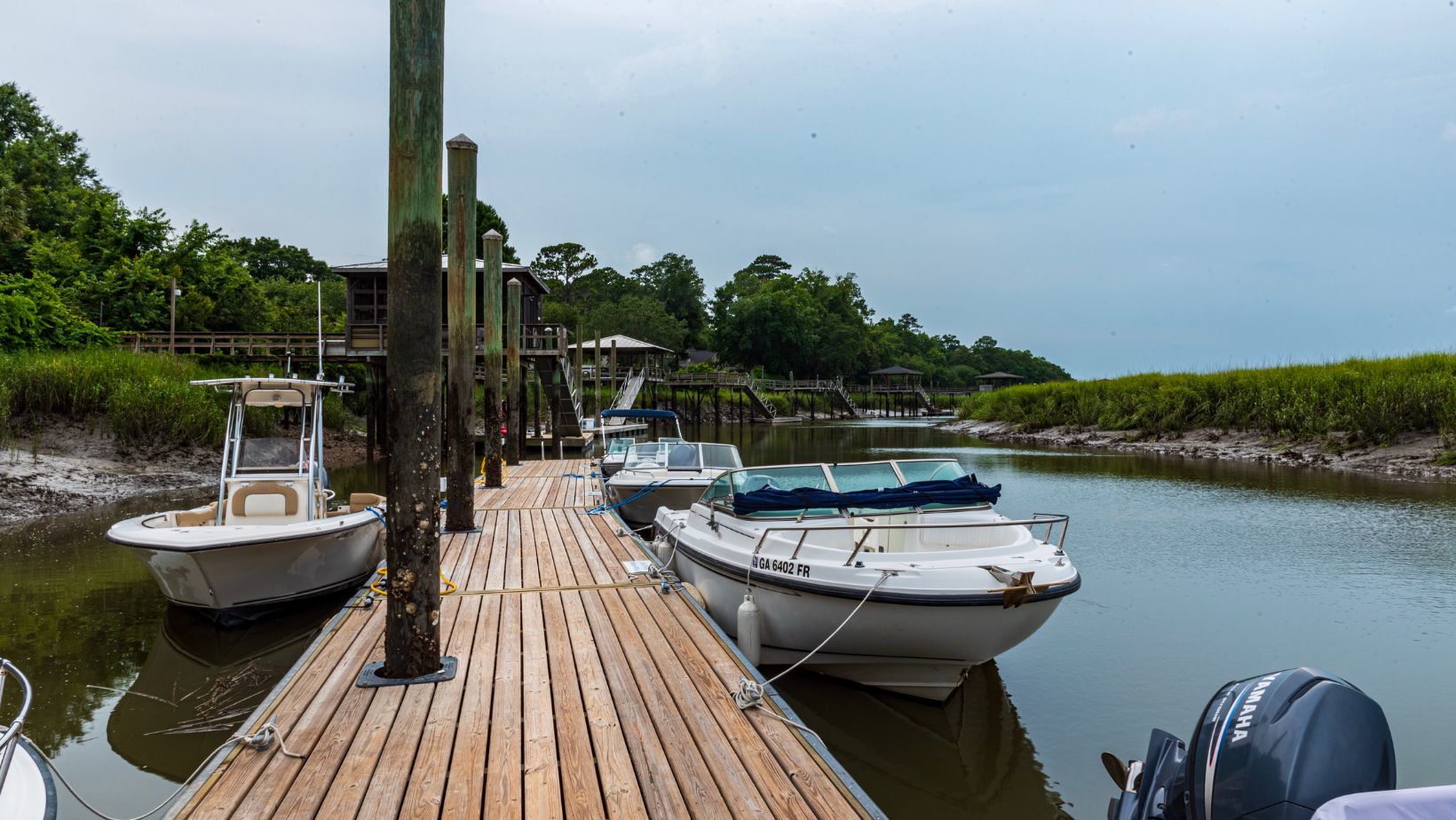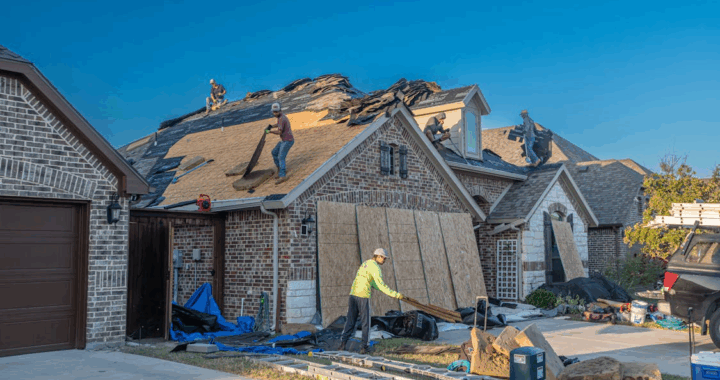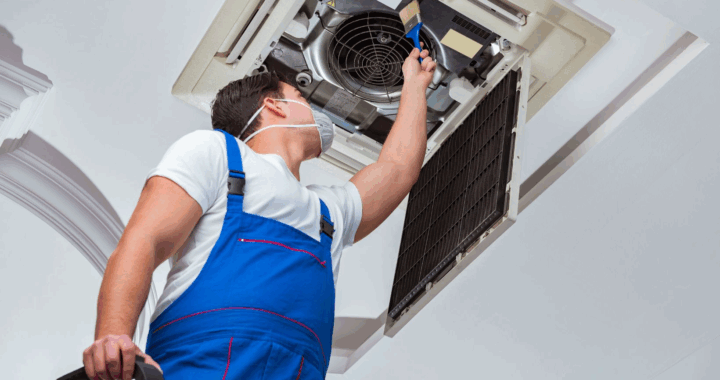The Impact Of Water Depth On Dock Renovation Choices

It will not be just a replacement of some old boards, or refurbishing of finishes to renovate a waterfront dock. Water depth is one of the most creative factors of the planning process. What determines whether you are to have a quiet lake or busy river is the depth of the water at the shoreline and further out in the water that majorly forms the kind of dock structure to be built and the materials/systems to be applied. Failure to consider this very important aspect may subject the users to hazards, structural problems, and high maintenance expenses.
The depth of water does not only influence the construction of the dock, but also its use and availability. The shallow-water docks need to be constructed with long legs or adjustable elements in most cases, and owing to the nature of water of deep-water docks, alternate anchoring methods and supports must be applied. Analysis of the state of the conditions beneath the surface assists in making the renovation of the dock sturdy and secure. The design should adapt to the changing levels of water in situations where the water rises and falls in an area. This has to be done in a way that the structural integrity of the design or even its functionality is not affected.
Designing For Shallow Water Conditions
Dock renovation in the shallow water setting usually needs imaginative constructions. Pilings and fixed docks can be better, since they are very stable and they remain in the same level with the water. The difficulties with anchoring can be however caused by shallow waters, particularly when the lakebed is rather soft or hilly. This will involve a thorough inspection of the site upon which the building will be constructed prior to the commencement of the construction process and in some cases specialized equipment to install support systems that are sufficient to guarantee long-term stability.
Places that would like to add things such as boat house cable lift on shallow depths may need to have long platforms so that they can achieve appropriate depths to store boats or to launch them. Cable lift system requires adequate vertical space and support to be proper. This is why the renovation should be carefully planned down to the measurements of the depths and the design adjusted to either the size of the boat or to the very natural shape of the lake or the river bed.
Adjusting For Deep Water Settings
Floating dock systems are well-suited in renovating an existing dock in deeper water. These docks are able to adjust to the change in water space and can be located easier farther offshore. These renovations can aim at improving floatation equipment, deck surfacing and ramps. Having a hydraulic boat lift is also a favorable addition where water depth is deep since there is no need to have fixed infrastructure to support watercraft since it can easily lower and raise watercraft as compared to the infrastructure which can end up being either too short or unstable in deep areas.
The dock must be deep-water as well; wave activity and exposure to wind are normally stronger the further the dock is to land. Rooms should be fixed with reinforced frames and rubrics that are slip-resistant. Also, anchoring structures should be powerful enough to ensure that the dock is stable despite the changing weather patterns, especially when a boat lift or other heavy instrument is a part of the planning.
Considering Seasonal Changes And Water Movement
The seasonal changes have to be considered in the planning of the renovation, particularly in the regions that experience freezing conditions or water rise. Glaçier motion has the capacity to move supports and to abuse pilings, and spring flow may vary the depth of the water in a few short weeks. Docks that are located in areas which experience high seasonal variance may have to be in flexible constructions or removable parts. The performance can be enhanced over a long-time period with floating docks, adjustable gangways as well as modular additions reducing the costs of repair.
A boat house cable lift should also be taken into account concerning seasons. These systems have to be stable and level despite the fluctuation of water depth in its surroundings. During renovation, the protective cages or safety anchorages should also be a part of it to ensure that the lift system does not use up. Reserving in advance to predict the effects of the environment and changes in the seasons will also guarantee that the dock renovation will remain useful not only in its current capacity but also in the long-term.
Working With Professionals For Better Results
To renovate a dock, whether decided with consideration of water depth, is not a task that needs to be done on a visual basis. In the case of professional dock builders, sonar or sounding tools may be used to obtain accurate depth measurements. This is used in gauging the layout, materials and any type of support that is needed and other such aspects as a hydraulic boat-lifting feature. Turning to the services of experienced contractors will help to avoid expensive mistakes and guarantee that the renovated dock will meet the regulations of local codes and environmental requirements.
Finally, the depth of water is one of the factors that must never be overlooked when considering the details of any dock renovation. It determines all the components of the design and influences the life expectancy of the construction. When you are putting on a floating platform, adding a new boat house cable lift, or strengthening a fixed dock, the available depth of water is often an issue, and the knowledge of its change will allow you to use your waterfront property equipment more sensibly and permanently.


 Instances When You Should Consider a Roof Replacement Over Repair
Instances When You Should Consider a Roof Replacement Over Repair  Seamless HVAC Protection: Year-Round AC Care and Around-the-Clock Furnace Support
Seamless HVAC Protection: Year-Round AC Care and Around-the-Clock Furnace Support  The Hidden Dangers of Water Damage and How to Handle Them
The Hidden Dangers of Water Damage and How to Handle Them